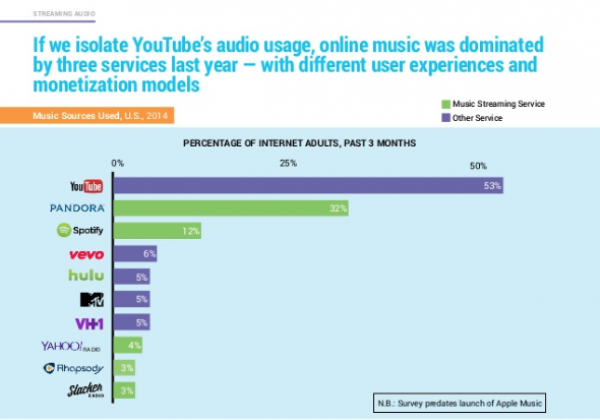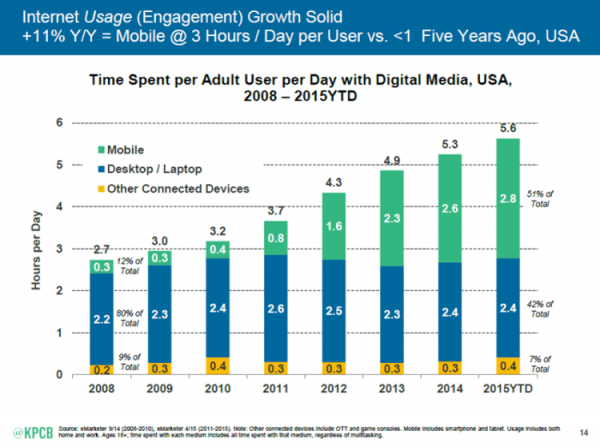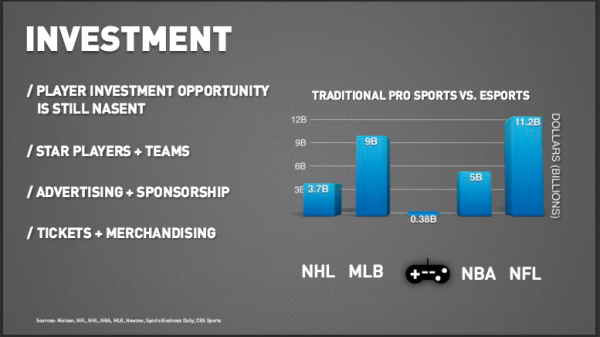YouTube continues to add upgrades and options to its service. Earlier this year, it moved forward with its Gaming initiative, complete with dedicated channels and programming. Then there’s its new Red service, which launched a few weeks ago, featuring ad-free and original programming to entice users to become paid subscribers. Now, it’s ready to rock with the official launch of its music service.
The free YouTube Music app is now available for iOS and Android, which includes a 14-day trial access to its premium features, which can also also be had with a YouTube Red subscription.
After spending about a year in beta, the service is launching with over 50 million songs in both audio-only and video formats — 20 million of which consist of emerging artists, according to Sowmya Subramanian, an engineering director for YouTube. Considering that YouTube has become a common place for discovering for various artists (like violinist Lindsey Stirling), it makes sense that there’d be a lot of room for indie performers.
Rather than diversifying with a number of confusing playlists scattered across various artists, YouTube chose to keep it simple with a Daily 40, which breaks down the most important songs and music videos for the day.
“We want the Daily 40 to be the place you go to know what everyone else is watching and talking about and sharing,” said T. Jay Fowler, head of music products for YouTube. “If a song is blowing up on YouTube, this is where you’d find out about it.”
Musical discovery will also play a big part in the app, as there will be automatically generated stations for related songs, in case you’re in a particular mood or want to hear more from a specific artist. More importantly, it also has an offline and audio-only mode, which enables users to save on data while listening.
As with other services like Pandora and Spotify, there is an ad-laden version that comes at no charge, but paying the $9.99 for YouTube Red unlocks additional features, which is an added incentive to stay as a premium user once the 14-day trial period is over. Similarly, a YouTube Red subscription also improves Google Play Music experience, which is another free music app provided by Google. Essentially, a single subscription improves the experience for three different services.
That said, the competition among streaming music apps is fierce. Spotify and Pandora both have large audiences, and let’s not forget the YouTube music video channel and app, Vevo. Even Apple Music has also expanded its reach recently by releasing an app for Android devices. However, YouTube has the advantage of being one of the top sites where artists are seen and discovered.
What really matters now is how YouTube markets its service, pushes it to the public and appeals to those in an effort to draw in more subscribers for Red. More importantly, the Daily 40 needs to remain relevant, relying on diversifying tastes while, at the same time, introducing something dynamically new that will keep fans rockin’.
Considering YouTube’s popularity, that shouldn’t be a tough task. The chart below (via The Verge) shows that YouTube ranked highest for online music use in 2014. It even managed to outperform top music streaming services Pandora and Spotify by nearly two times.




